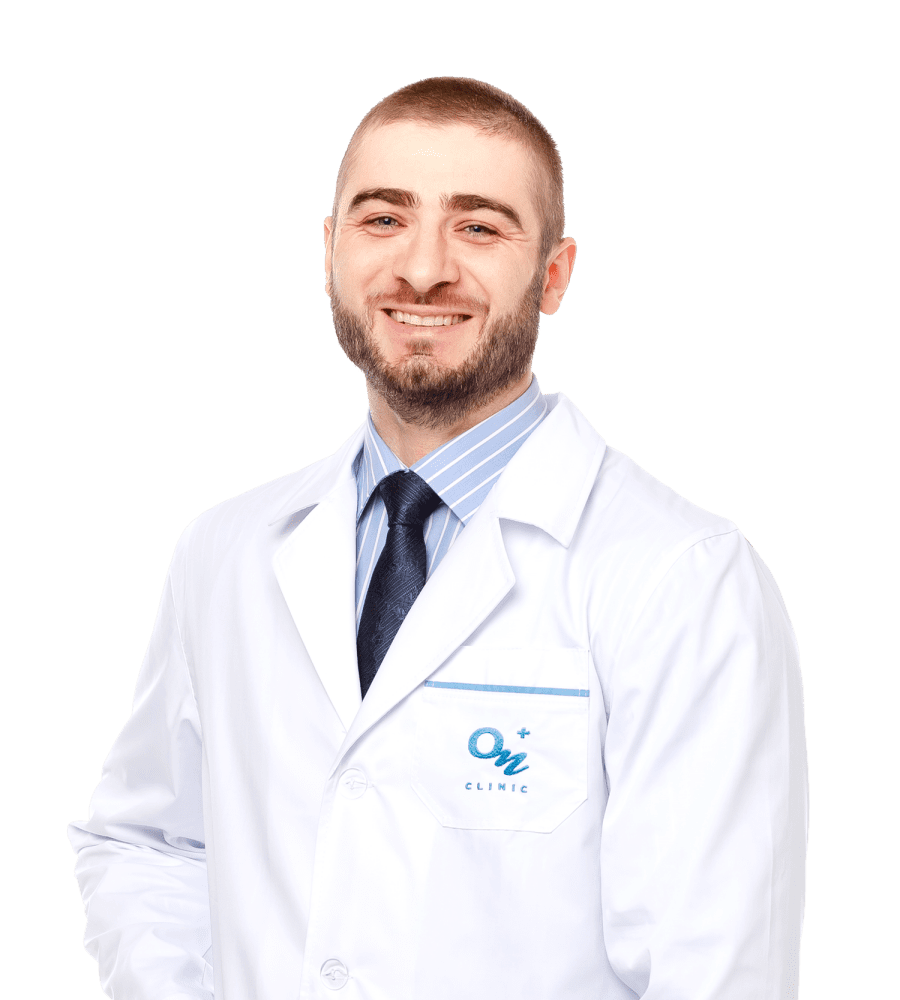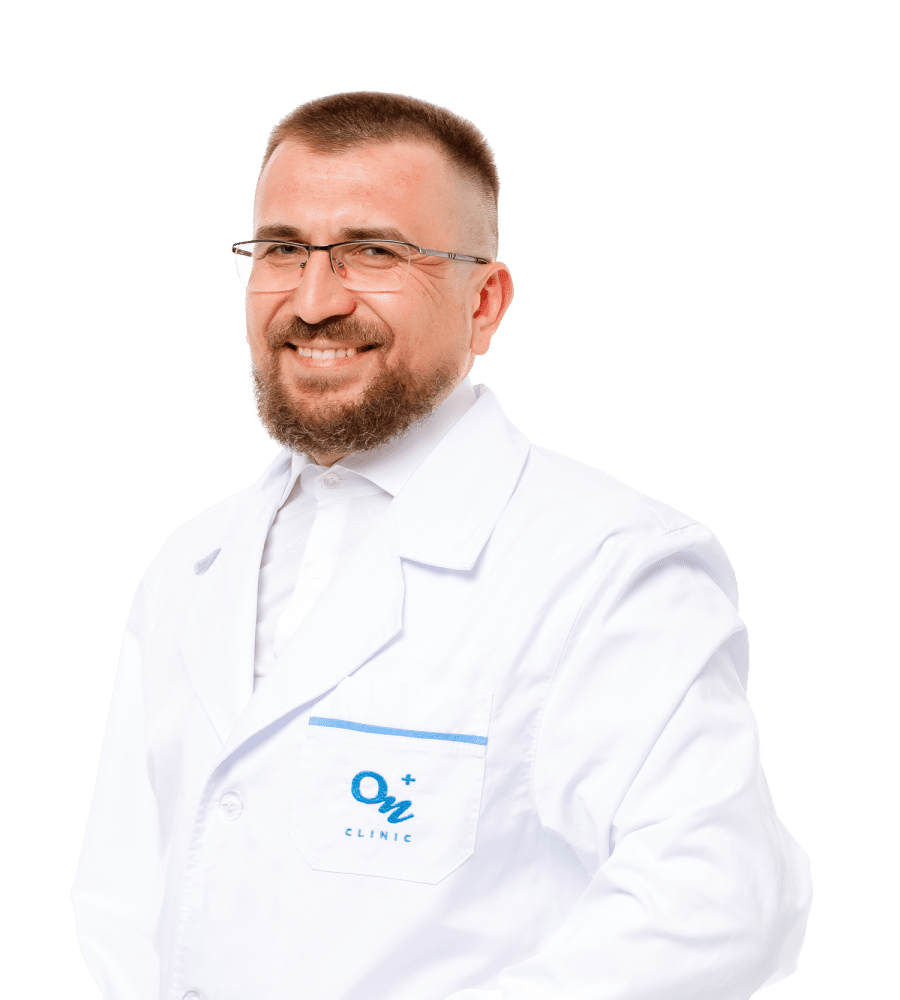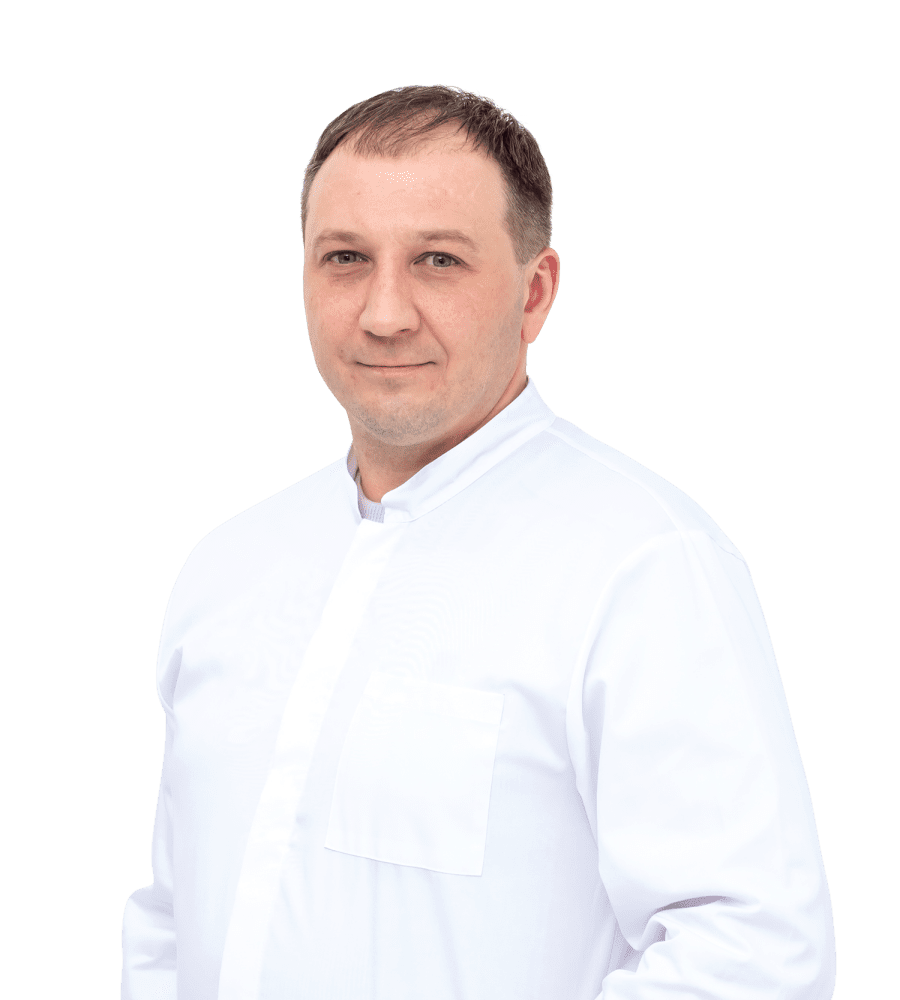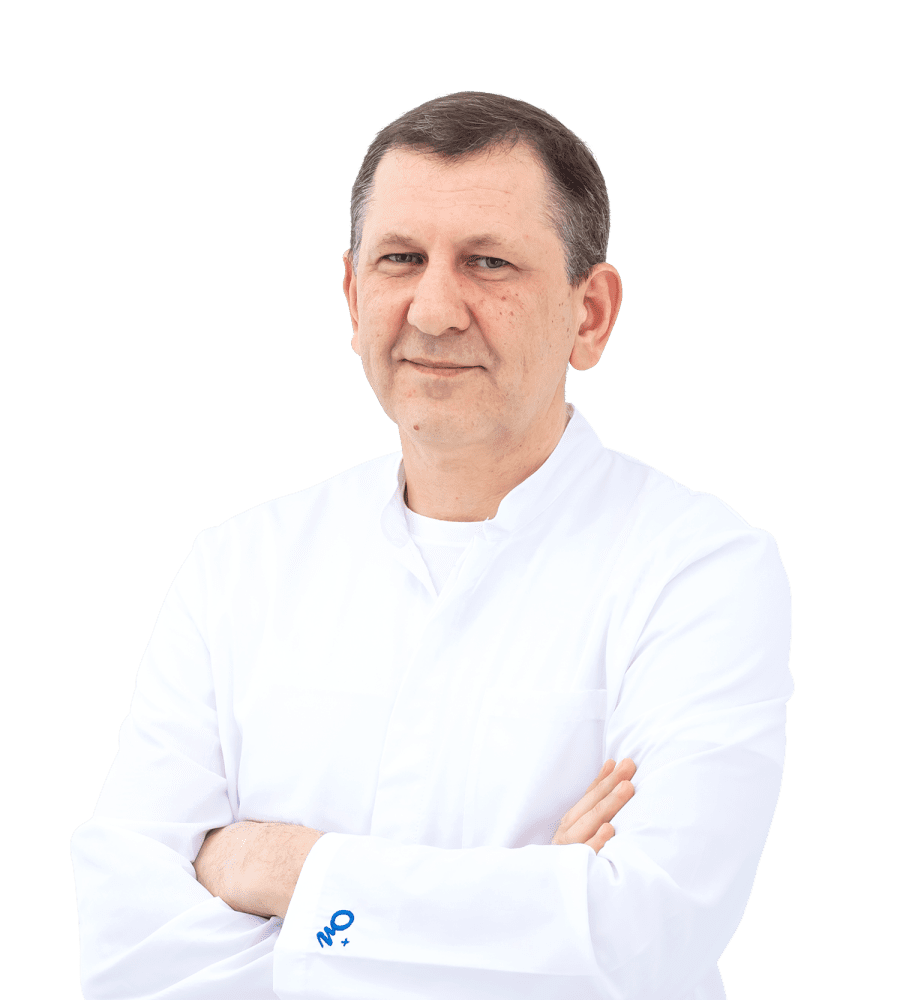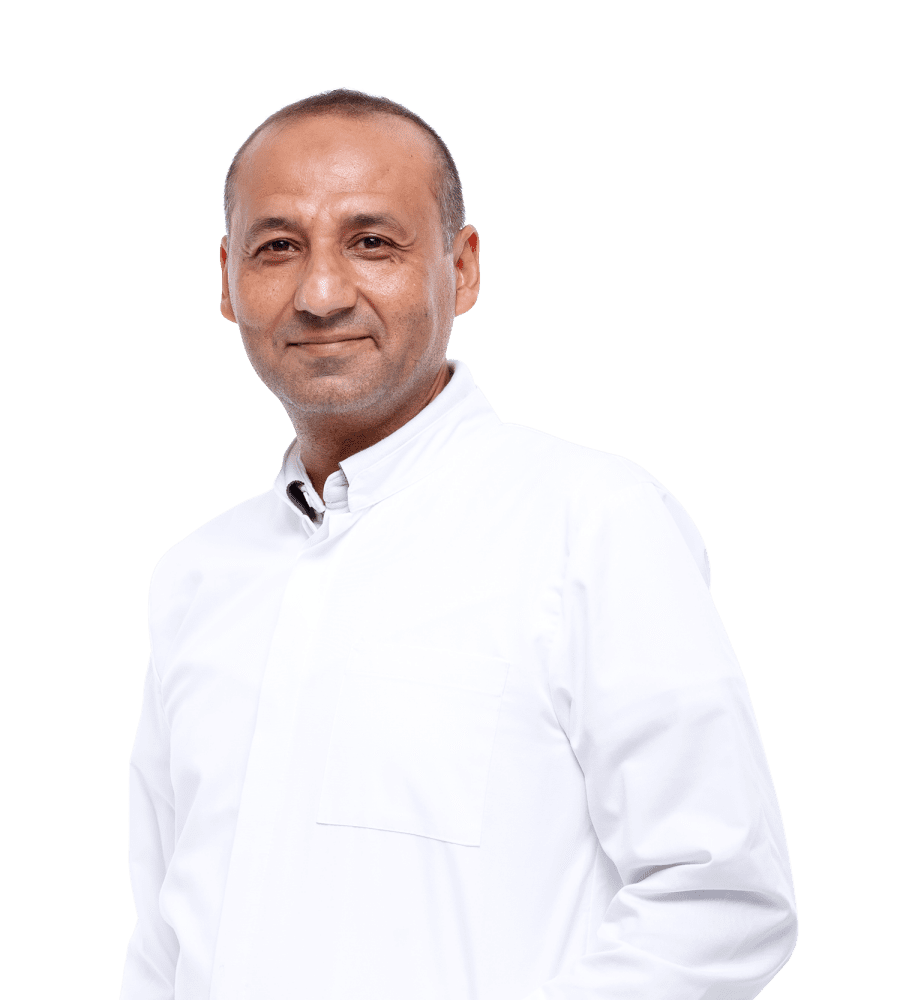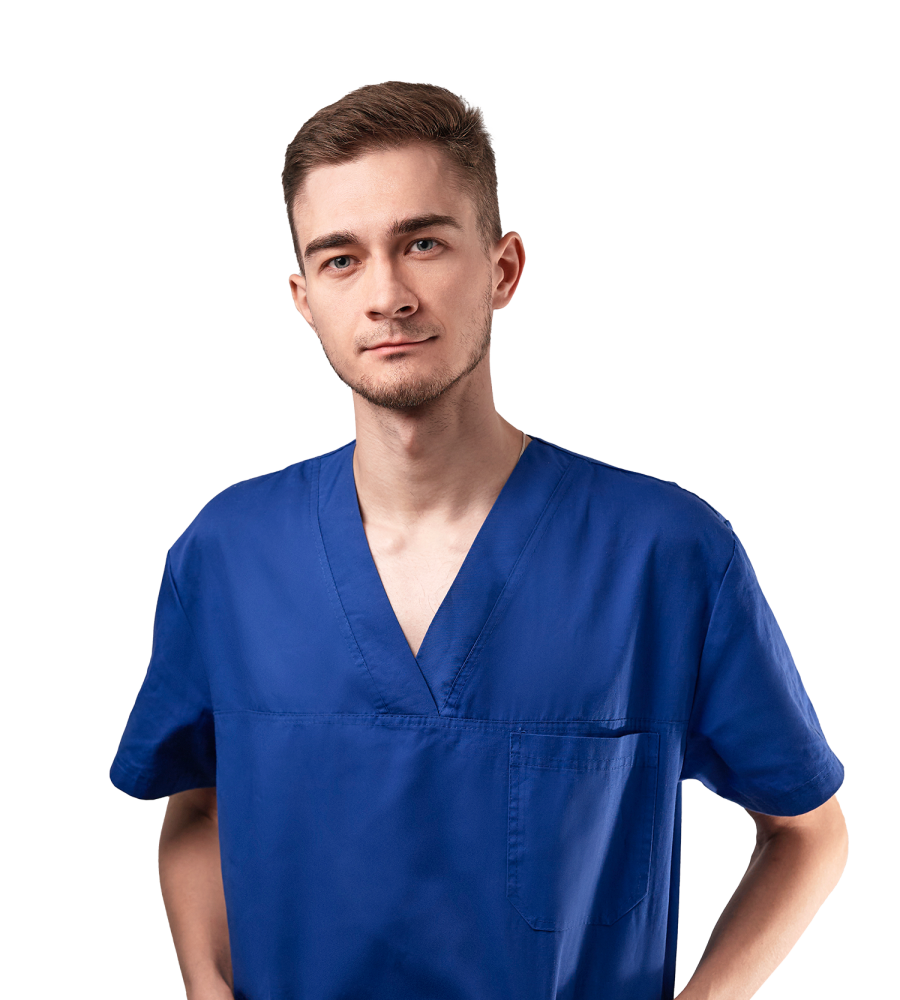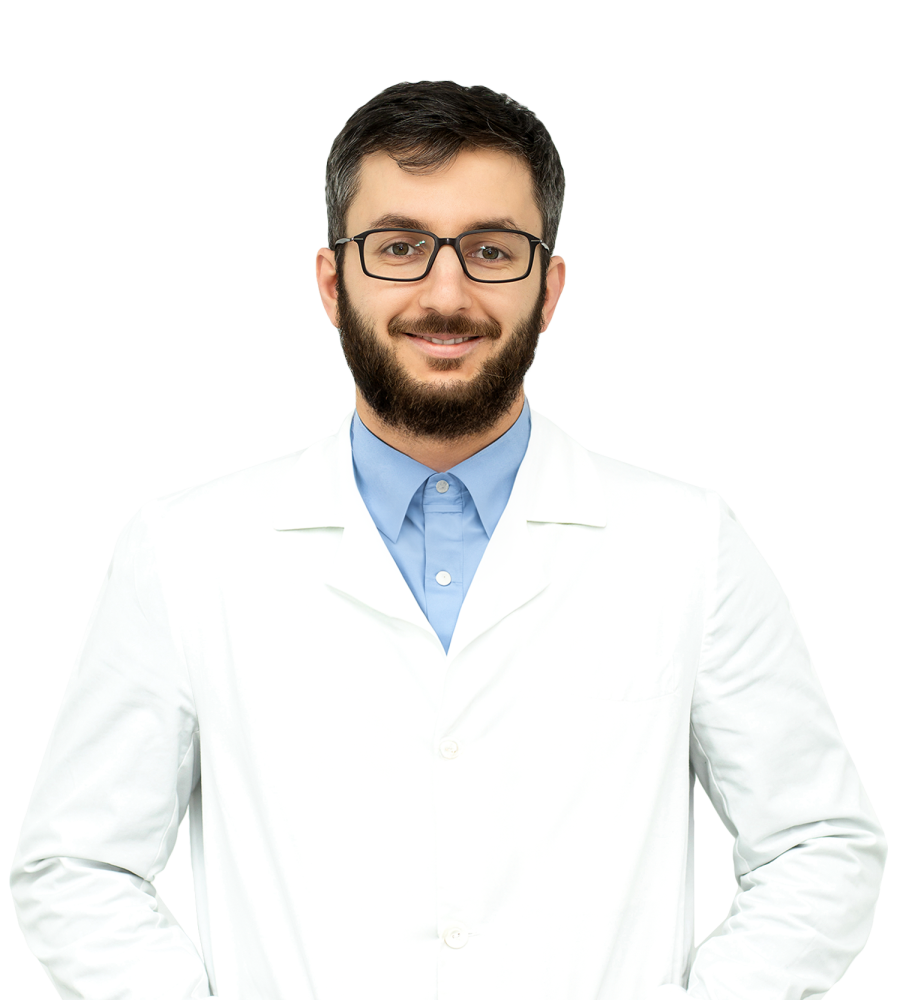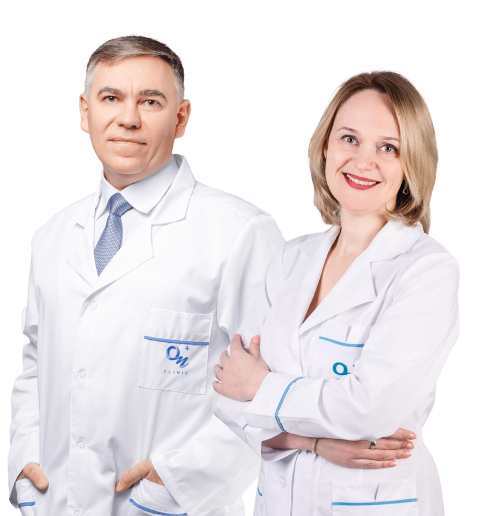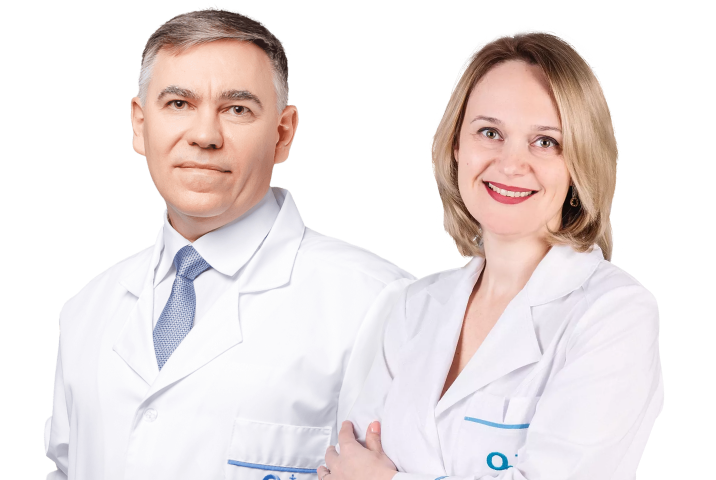Minimally invasive surgery in Kharkiv
Список выбранных услуг
Для добавления услуг с других отделений нужно закончить текущую запись.
Minimally invasive surgery in Kharkiv: prices — from 500 UAH
When carrying out surgical operations, it is necessary to minimize the risk of complications for the body, which is possible when using minimally invasive surgery methods.
Minimally invasive surgery is a surgery aimed at minimizing the area of intervention in the body and the degree of tissue injury.
Направления работы
What is minimally invasive surgery?
Operations are performed using minimal anesthesia (sedation), through natural physiological openings, small incisions or spot tissue punctures.
What are the benefits of minimally invasive surgery?
The benefits of minimally invasive surgery include:
- minimal negative impact on the patient’s body;
- minimization of painful sensation after surgery;
- low risk of postoperative complications;
- quick vocational rehabilitation.
At what symptoms is consultation by surgeon needed?
Consultation by a surgeon is necessary when the following symptoms appear:
- pronounced pain in case of traumas;
- defects of nail plate and inflammation of nail fold;
- non-healing wounds;
- large hematomas around the injured area.
A surgeon examines patient, studies his medical history (if any) and listens to complaints. If necessary, the doctor will refer to additional studies (X-rays, biochemical and clinical blood tests, urinalysis, coagulogram). Then the surgeon makes a diagnosis and prescribes a treatment regimen.
What diseases require consultation by surgeon?
A consultation by surgeon is required in case of the following diseases:
- gallbladder polyps;
- chronic calculous cholecystitis;
- polyps of bladder, urethra;
- cystitis;
- urethritis;
- hernia (inguinal, umbilical, femoral, midline);
- thyroid gland pathology – Basedow’s disease, thyrotoxic goiter;
- fibroma;
- lipoma;
- gynecomastia (true, false);
- prostate adenoma.
Surgical treatment of gallstone disease
Gallstone disease is characterized by formation of stones in the gallbladder due to biliary retention in the organ and changes in its composition. The disease is asymptomatic as long as the stones do not obstruct the bile outflow of and damage the walls of the gallbladder, provoking its inflammation (calculous cholecystitis). The only effective method of treating gallstone diseases is operation to remove the organ, since it no longer performs its function.
In addition, affected by inflammatory processes in the gallbladder, polyps - tumors prone to malignant transformation - can develop. Surgical treatment of gallbladder polyps often leads to relapses, therefore, in this case, removal of the organ is also indicated - cholecystectomy. The operation is performed through 4 small punctures in the abdominal skin. The benefits of this minimally invasive surgery technique are low risk of postoperative complications, absence of scars and a short recovery period.
Surgical methods of hernia treatment
Hernia is a bulge of internal organs in the abdominal cavity under the skin through an area of a stretched or weakened abdominal wall. Typical manifestations of hernia include the appearance of a lump on the body that looks like a tumor, as well as abdominal pain or groin when coughing, exercising or straining effort. Hernia appears due to increased intra-abdominal pressure (as a result of heavy lifting, prolonged coughing, straining when visiting the toilet) and stretching of the abdominal muscles. In women, difficult labor can provoke the development of midline hernia.
To diagnose hernia, an external examination with palpation or ultrasound is sufficient. Hernia treatment is exclusively surgical. There are two types of hernia surgery (hernioplasty) - upfront and laparoscopic. During upfront surgery, a doctor makes a small incision in the area of hernia, sets the organs in place and closes the peritoneal defect with a mesh implant preventing the recurrence of disease. During laparoscopic hernioplasty, a surgeon performs the same manipulations through several punctures in the omphalus area.
Surgical methods of thyroid gland treatment
Diseases of the thyroid gland lead to the whole body dysfunctioning. The main symptoms of thyroid pathologies are constant fatigue, difficulty concentrating, hair loss, lump in throat feeling, and unreasonable weight fluctuations.
Autoimmune diseases of thyroid gland at the initial stage are latent. Signs of pathology appear and intensify as the organ is destroyed by a person’s own immune cells. In case of suffer from hyperthyroidism, excessive sweating, hot flashes, weight loss with increased appetite, irritability, menstrual irregularities, and infertility are noted.
To diagnose the thyroid gland, a test for hormones (TSH, T4, T3) and ultrasound of organ are referred. If thyroid medication is ineffective, surgical treatment is indicated. Surgery for the thyroid gland removal (thyroidectomy) can be complete or partial. Partial removal of thyroid gland is indicated for diffuse toxic goiter with areas of healthy tissue. Complete thyroidectomy is performed for thyroid cancer when radioactive iodine therapy is ineffective.
Surgical treatment of fibroma
Fibroma is a benign tumor growing out from connective tissue cells. Fibromata are single and multiple. Benign soft tissue tumors appear anywhere on the body. The main symptom of fibroma is the presence of a lump under the skin (up to 15 mm in diameter). Soft fibromata resemble a wrinkled brown pouch attached to the skin with a thin stem.
Fibroma treatment is carried out only by surgery. Neoplasm is removed during open surgery. After anesthesia, a surgeon makes a small incision in the skin, removes tumor and puts a cosmetic suture. After removal of fibroma by surgery, a patient is discharged home on the same day.
Surgical treatment of true and false gynecomastia
True gynecomastia (accrementition of breast tissue in men) develops due to hormonal imbalance and other unfavorable factors. With false gynecomastia, increase in breast volume occurs due to the accumulation of subcutaneous fat.
The main symptoms of true gynecomastia include enlargement of one or both breasts, a feeling of fullness, heaviness, or pain in the chest. The development of disease is also indicated by the presence of lumps in mammary gland and discharge from the nipples.
The optimal treatment of gynecomastia in men is surgical intervention, since drug therapy is effective not in all cases and has its own side effects and contraindications. During minimally invasive surgery, a surgeon removes excess tissue through a small incision in the nipple area and then puts cosmetic suture. The patient is transferred to the ward where he/she stays under medical supervision from several hours to a day. 2-3 weeks after the operation, a tightening bandage is indicated.
If you need surgical treatment of a disease, make an appointment with a surgeon at the medical center “ON Clinic Kharkov”. Leave a request on the website or call the specified phone number. Our operators will answer all your questions.
| Название | Цена |
| 600 uah | |
| 2075 uah | |
| 280 uah | |
| 4500 uah | |
| 850 uah | |
| 5000 uah | |
| Consultation with a surgeon | 600 uah |
| Consultation with a neurosurgeon | 700 uah |
| Consultation with an operating surgeon | 500 uah |
| ONLINE Consultation with a neurosurgeon | 800 uah |
| Thoracic surgeon consultation | 500 uah |
| ONLINE Thoracic Surgeon Consultation | 600 uah |
| Plastic surgeon's consultation | 800 uah |
| ONLINE Consultation with a surgeon | 600 uah |
| ONLINE Consultation with a plastic surgeon | 600 uah |
| Consultation with an operating obstetrician-gynecologist | 500 uah |
| Endocrinology surgeon consultation | 600 uah |
| Consultation of an oncogynecologist | 700 uah |
| ONLINE Consultation with a gynecological oncologist | 700 uah |
| Consultation with an oncosurgeon | 600 uah |
| ONLINE Consultation with an oncosurgeon | 600 uah |
| Consultation with a surgeon-endocrinologist | 525 uah |
| Consultation with an operating urologist | 550 uah |
| ONLINE Consultation with an surgeon-endocrinologist | 525 uah |
| Home call to a surgeon | 1800 uah |
The cost of appointments surgeon in Kharkiv
Other Departments in Kharkiv
Список выбранных услуг
Для добавления услуг с других отделений нужно закончить текущую запись.

